Film star, resistance fighter and civil rights activist: The life and times of Josephine Baker, 50 years on from her death
Josephine Baker was an American-born actress and dancer, who would go on to take France by storm and become one of Europe’s highest-paid performers. She also happened to be a Second World War spy.
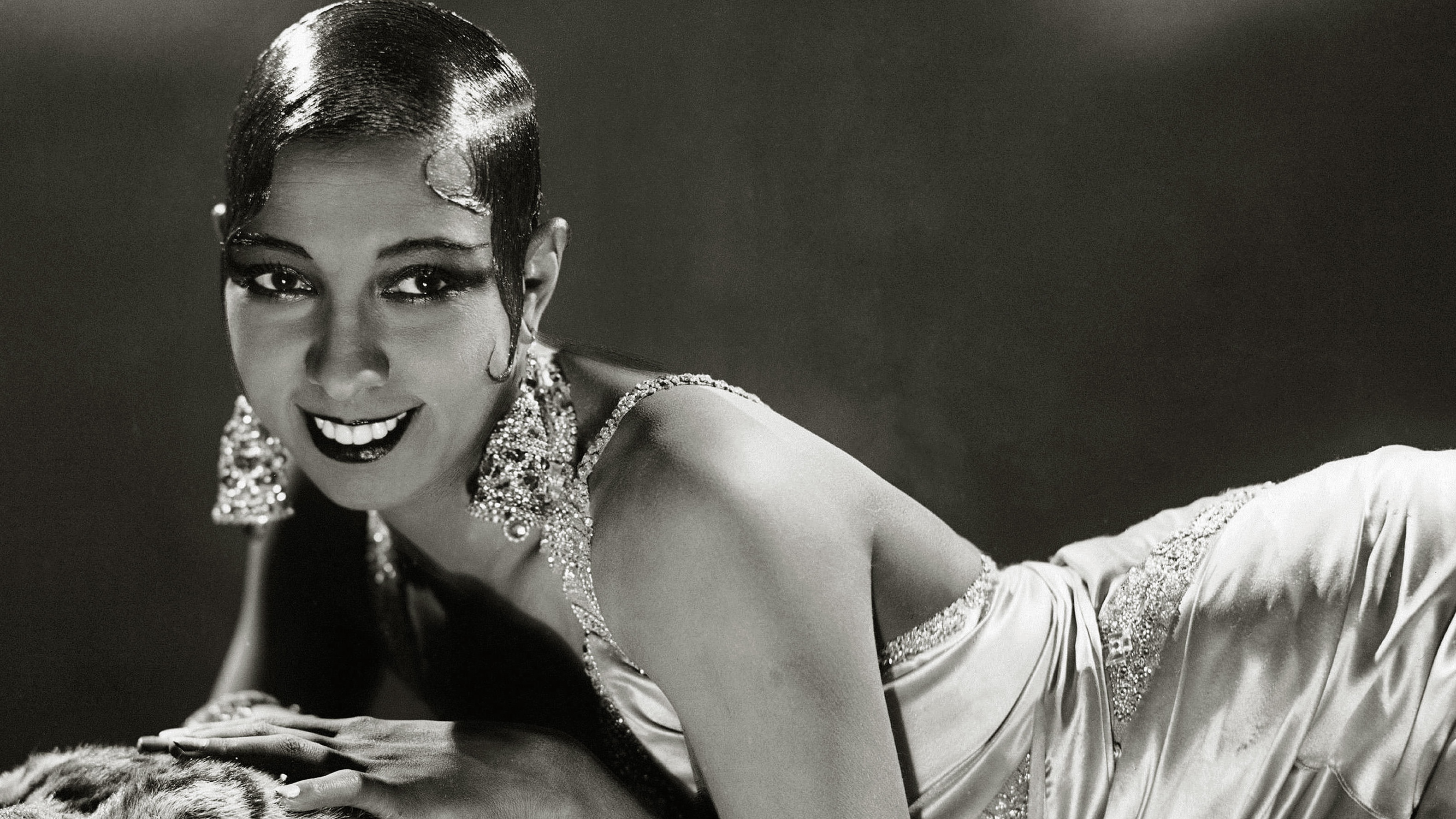
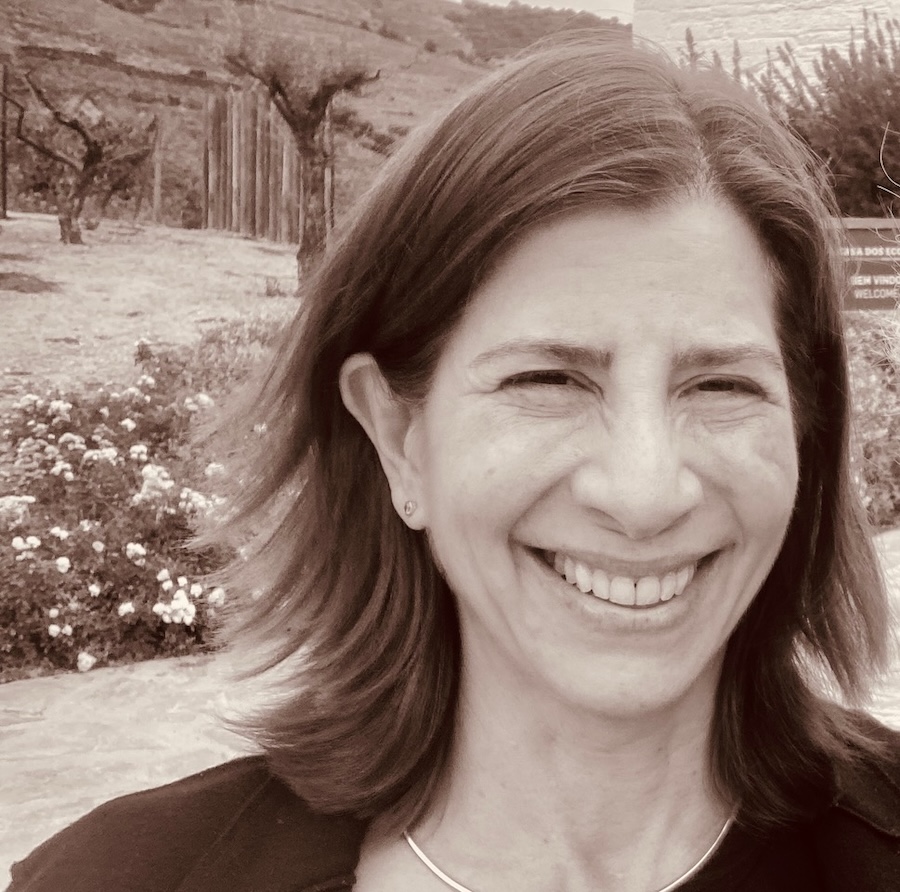
Fifty years after leaving this world, Josephine Baker (1906-1975) is once again shaking her bananas in Paris, as Josephine Baker - Le Musical comes to the Théâtre Bobino. It's the same stage where Baker herself performed for the last time a half century ago, on April 9, 1975, to mark the 50th anniversary of her arrival in France. ‘Each time we perform at Bobino it gives me the shivers,’ says Nevedya, who plays Baker in the musical. ‘I'm sure the whole troupe feels her presence.’
That final show of Baker's was a triumph, attended by Grace Kelly, Sophia Loren, Mick Jagger, Jeanne Moreau and Alain Delon. The next day, Baker was found unconscious in her bed, surrounded by glowing reviews. She died two days later, age 68, of a cerebral hemorrhage, and was buried with military honours. More than 20,000 people lined the streets of the French capital to watch her funeral procession go by.
Freda Josephine McDonald was born in Saint Louis, Missouri, a world very far from Paris. She was dealt a tough hand of cards: abject poverty, an absent father, and black in an era of racial segregation. She was already cleaning houses by age 8, and had married twice by the time she was 15.
But the girl was a force of nature — ambitious, talented and fearless. ‘What inspires me the most was her life force, her joie de vivre,’ says Nevedya. ‘She knew where she came from, and what she wanted. And she had an infectious joy that broke down all barriers.’
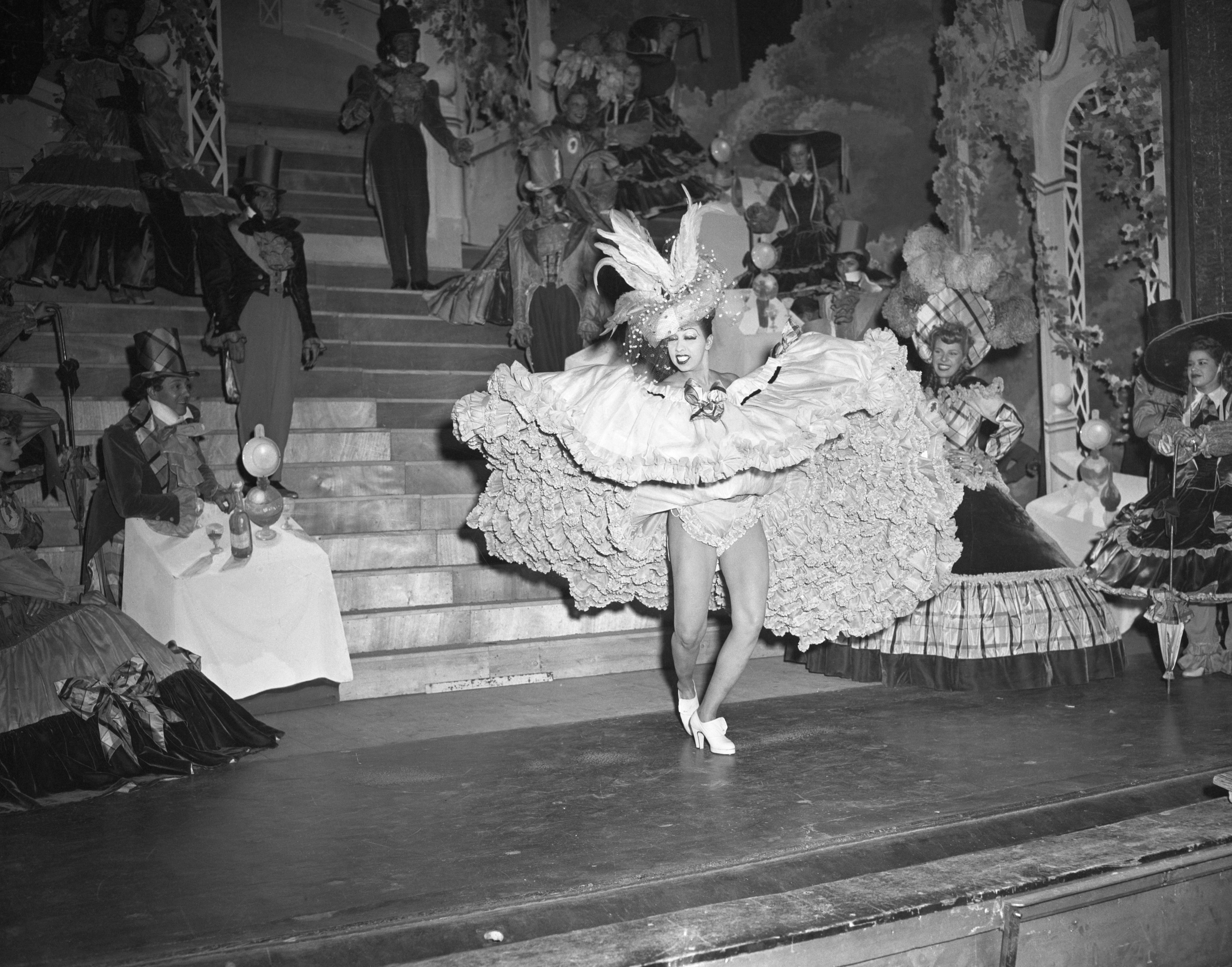
Baker dancing the Can-Can in 1949.
A self-taught dancer, Baker brought a frenetic energy and rubbery vaudeville humour to her routines. She got her first chorus girl job at 15, and eventually made her way to New York, where a theatre impresario saw her and convinced her to dance at the Théâtre des Champs-Elysées in Paris.
In Paris, she was an immediate success, playing to the ‘exotic primitivism’ then fashionable in Europe, riding a wave of fascination with American jazz culture, and embodying the exuberance of the Roaring Twenties. After dancing practically nude in a savannah-themed decor in La Revue Nègre, she adopted her famous banana skirt as a headliner at the Folies Bergère theatre.
She became the first black woman to star in a major motion picture, Siren of the Tropics. In 1930, she sang professionally for the first time, ‘J'ai deux amours: mon pays et Paris’ (I have two loves: my country and Paris). Known as the ‘Black Venus,’ she became one of the best-paid performers in Europe.
Sign up for the Country Life Newsletter
Exquisite houses, the beauty of Nature, and how to get the most from your life, straight to your inbox.
Baker attempted a return to the United States in the 1930s, but was met with blistering reviews and a form of racism she had grown unused to. Stung, she returned to France for good, married industrialist Jean Lion, renounced her American nationality and became a French citizen.
During the Second World War, she proved her loyalty to her adopted country, hiding refugees and French Resistance fighters, flying her own plane to transport Red Cross supplies, and working as a spy, using her international fame as a cover. ‘France made me what I am,’ she said. ‘The Parisians gave me their hearts, and I am ready to give them my life.’ She attended embassy parties from Marrakesh to Beirut, charming enemy officers, collecting intelligence and writing it in invisible ink on music scores. France later awarded her the Legion of Honor and the Croix de Geurre.
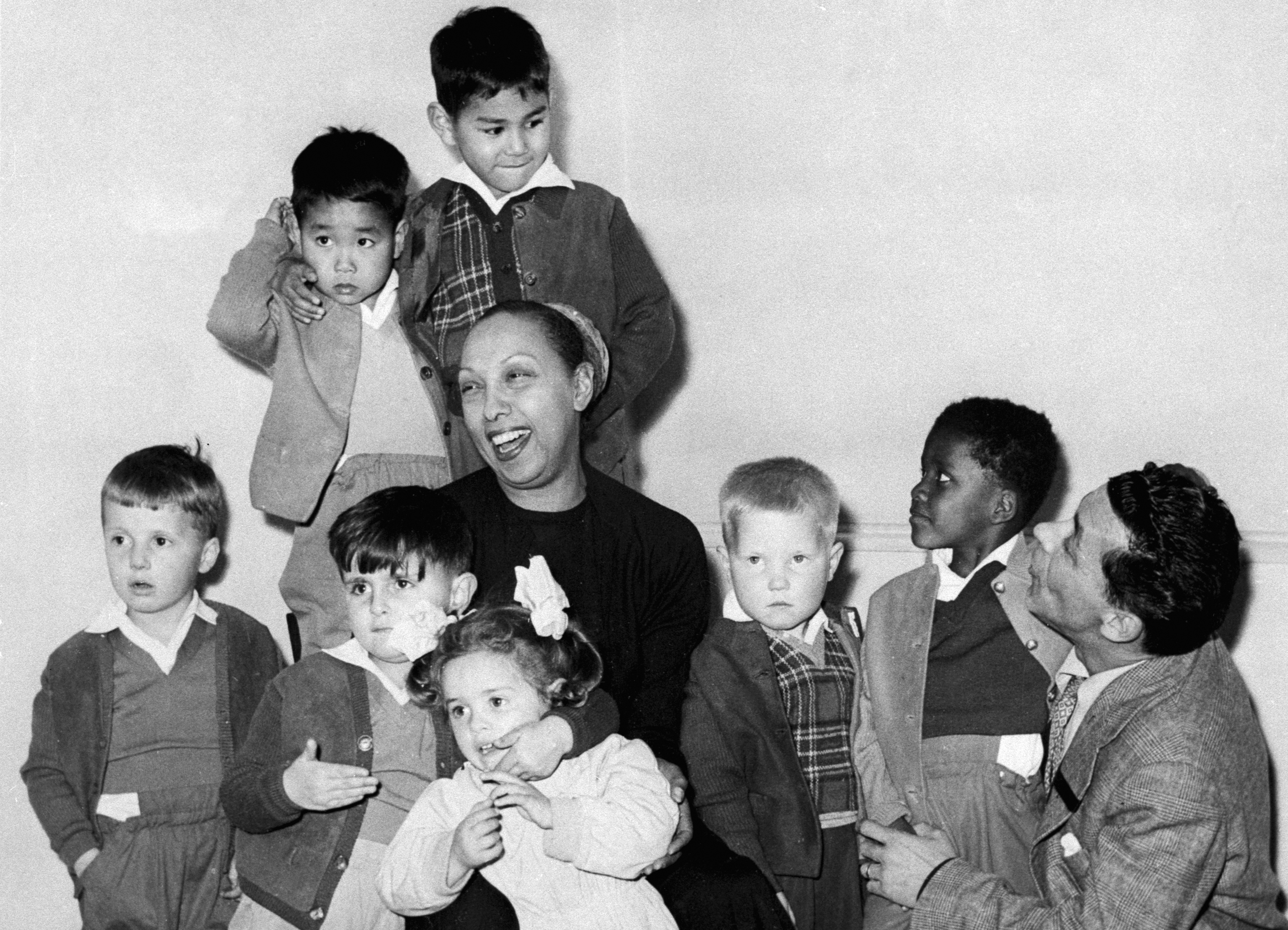
Josephine Baker with her husband Joe Bouillon and some of their eleven adopted children, at home in Les Milandes, France.
Once the War was over, Baker bought the Château des Milandes, a Renaissance castle in south-west France. She married orchestra conductor Jo Bouillon and proceeded to adopt 12 children from around the world, calling them her ‘Rainbow Tribe’ — proof that people of different religions and nationalities could live together in peace.
One of her children was Brian Bouillon-Baker, whom she adopted from an Algerian orphanage where she gave a charity performance. ‘She went to visit the nursery afterwards,’ he recounts. ‘It was late at night, and all the babies were asleep except me. She saw we were born on the same date, June 3, and took that as a sign.’ Of life at the French castle, he remembers a strict yet loving mother who was often on the road — and when she was home, had to juggle the needs of 12. ‘The best memories were when one of us could have our mother to ourselves.’
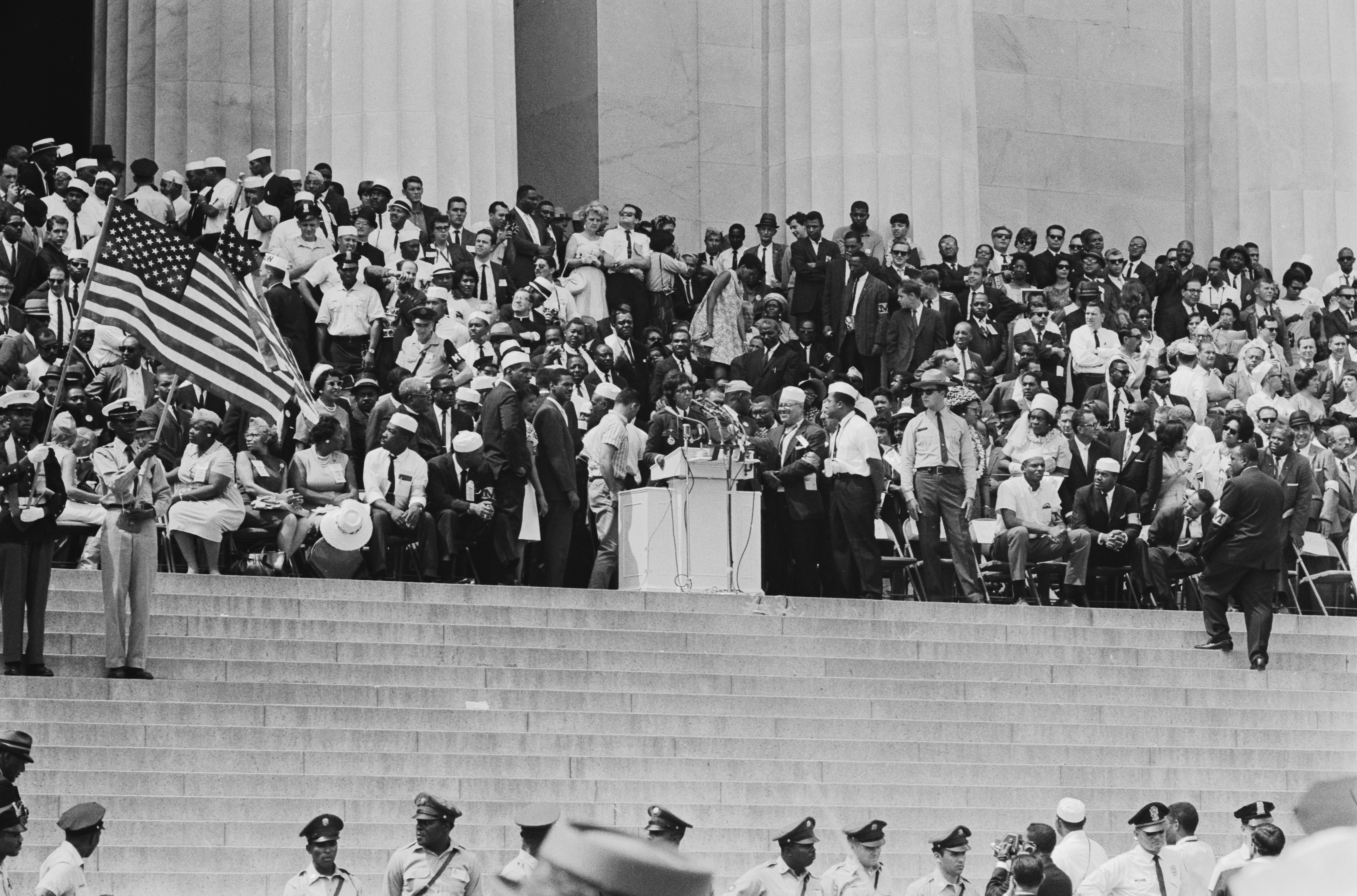
At 57 years old, Josephine Baker was the only woman to address the 250,000-strong March on Washington crowd.
Josephine Baker was still travelling as a performer, but also as an outspoken activist against racism and injustice. In 1963, she spoke at Martin Luther King's side during his March on Washington (above), dressed proudly in her French army uniform.
Her extravagant lifestyle and boundless generosity ultimately led to bankruptcy. Jo Bouillon left, her beloved château was sold, and she was forcefully evicted in 1969. With the help of her friend Her Serene Highness, The Princess of Monaco (Grace Kelly), she and the children relocated to the Côte d'Azur, where she spent the last years of her life.
When Baker first arrived in France, she captured hearts for her exoticism and flamboyance. A century later, she has come to symbolise the very values of the Republic: civil rights, universal brotherhood and freedom for all. She once said: ‘Men don't all have the same colour, the same language, the same customs, but they all share the same heart, blood, and need for love.’
In 2013, the French philosopher Régis Debray — who met Baker in Cuba in the 1960s — wrote a column in Le Monde proposing that she be ‘panthéonised’, or buried in the Pantheon, alongside France's greatest men and women, ‘putting a bit of turbulence and sunshine into this cold and sadly stuffy crypt.’
But it's the French President who decides who is inducted into the Pantheon (with the family's approval), and François Hollande did not pursue Debray's suggestion. The idea took hold again in 2019, when an online petition received thousands of signatures. Artists and intellectuals joined the movement, the media carried the story, and in May 2021 the Elysée Palace invited the committee leading the charge to a meeting with President Macron's counselors. Brian Bouillon-Baker says that after the meeting, First Lady Brigitte Macron introduced herself (the President was out of town), and confided to them that her husband had already made up his mind, as Baker was ‘an example for our French Republic and our youth.’ Several weeks later, the committee went back to meet the President himself.
And on November 30, 2021, the same date as her French naturalisation, the washerwoman's daughter from Saint Louis received the ultimate French honour. Baker is the sixth woman, the first black woman, the first American, and the first performing artist to be inducted at the Panthéon, where a cenotaph bearing her name contains soil from the places she loved the most. (Her remains are still in a Monaco graveyard, in accordance with her family's wishes.) At the ceremony, President Macron said: ‘You enter our Panthéon because while you were born American, there is nobody more French than you.’
Baker's ‘panthéonisation’ opened the door to a whole new wave of interest among the French. Public squares, metro stations, and dozens of establishments have taken her name. Baker-Bouillon notes, ‘I've inaugurated at least 30 middle schools and high schools in Marseille, Toulouse, Lyon, Bordeaux, Cannes, Monaco — everywhere. It's been a three-year tsunami.’
The Château des Milandes welcomes enthusiastic visitors to see Baker's personal belongings, documents and costumes, including the 1927 banana skirt.
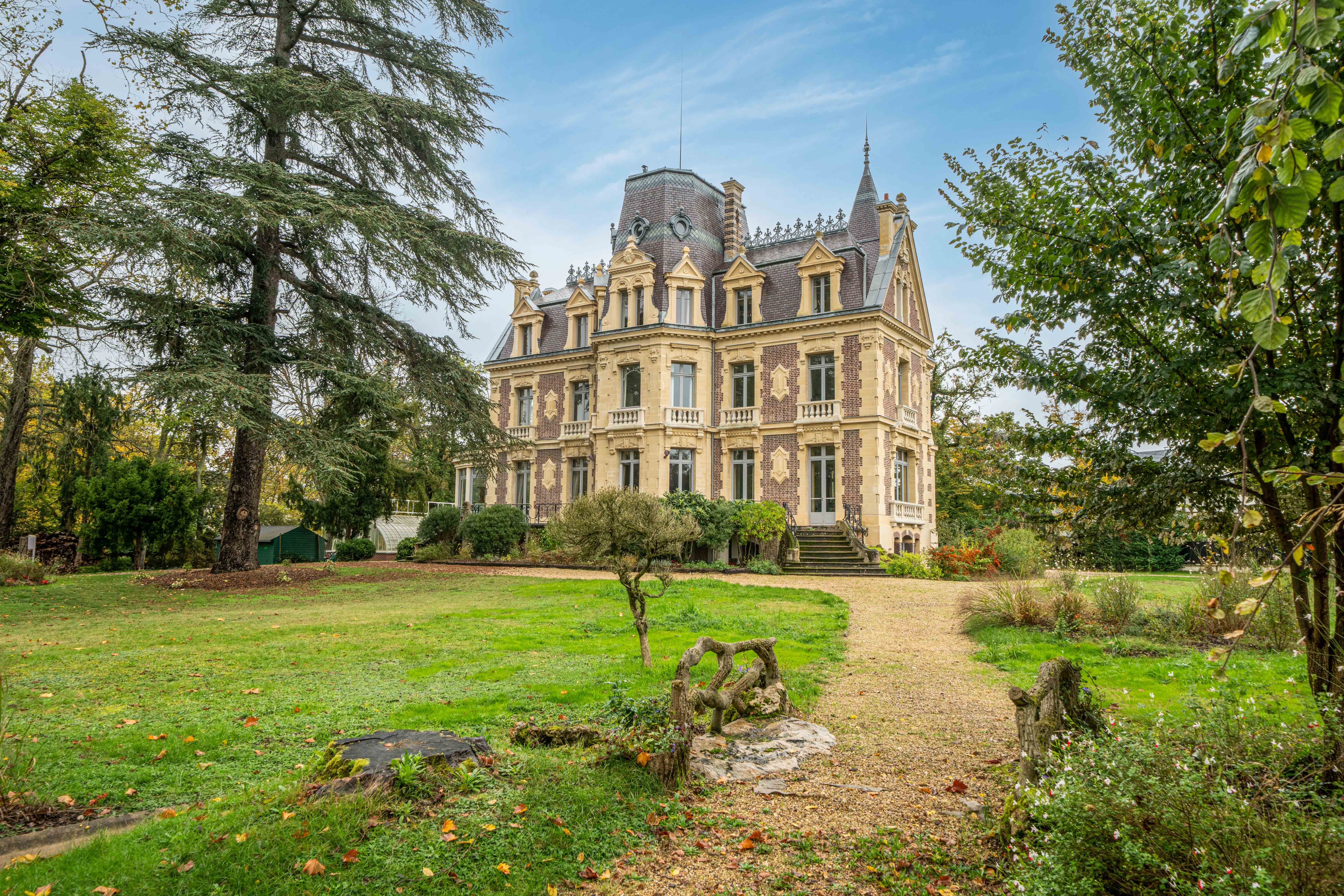

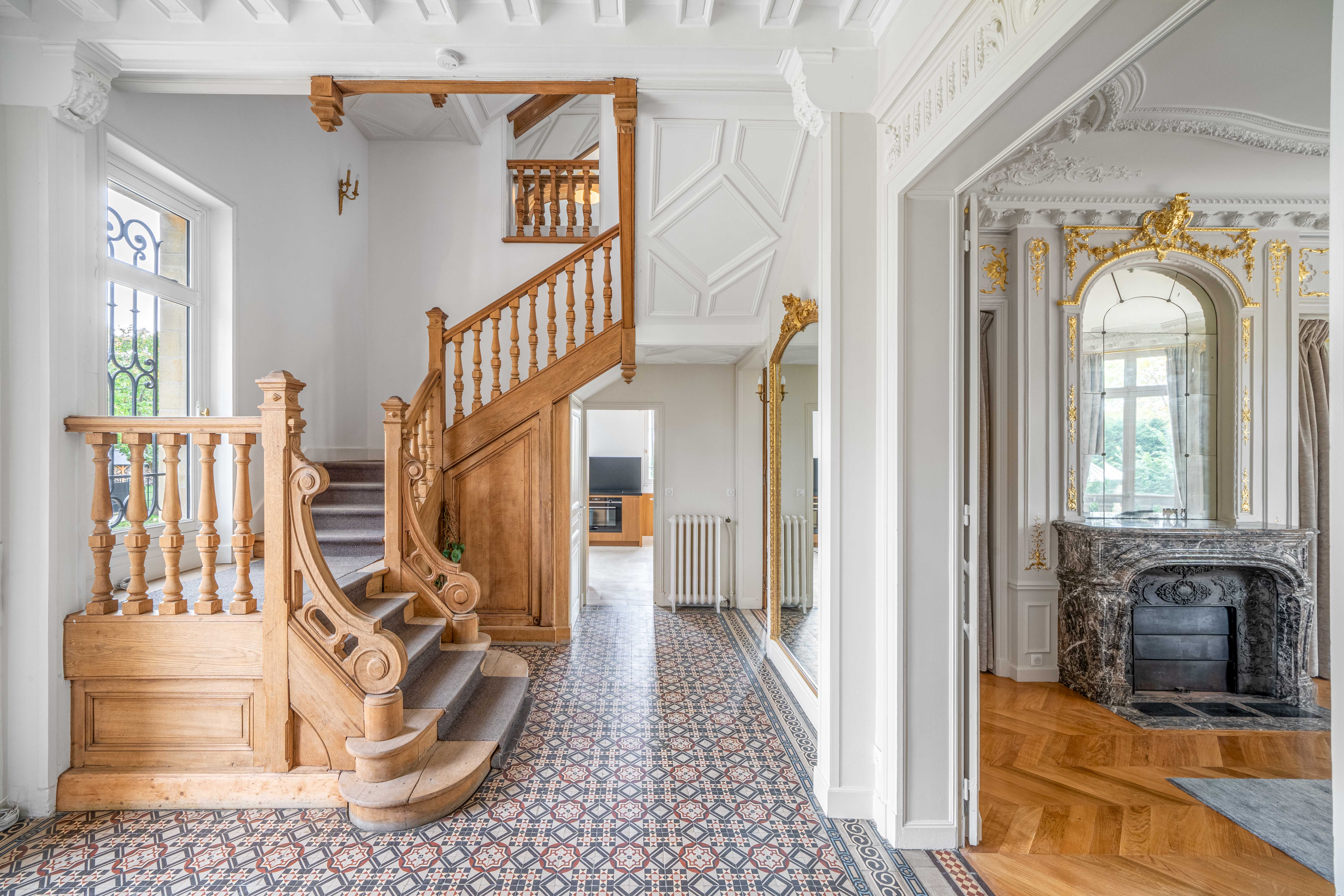
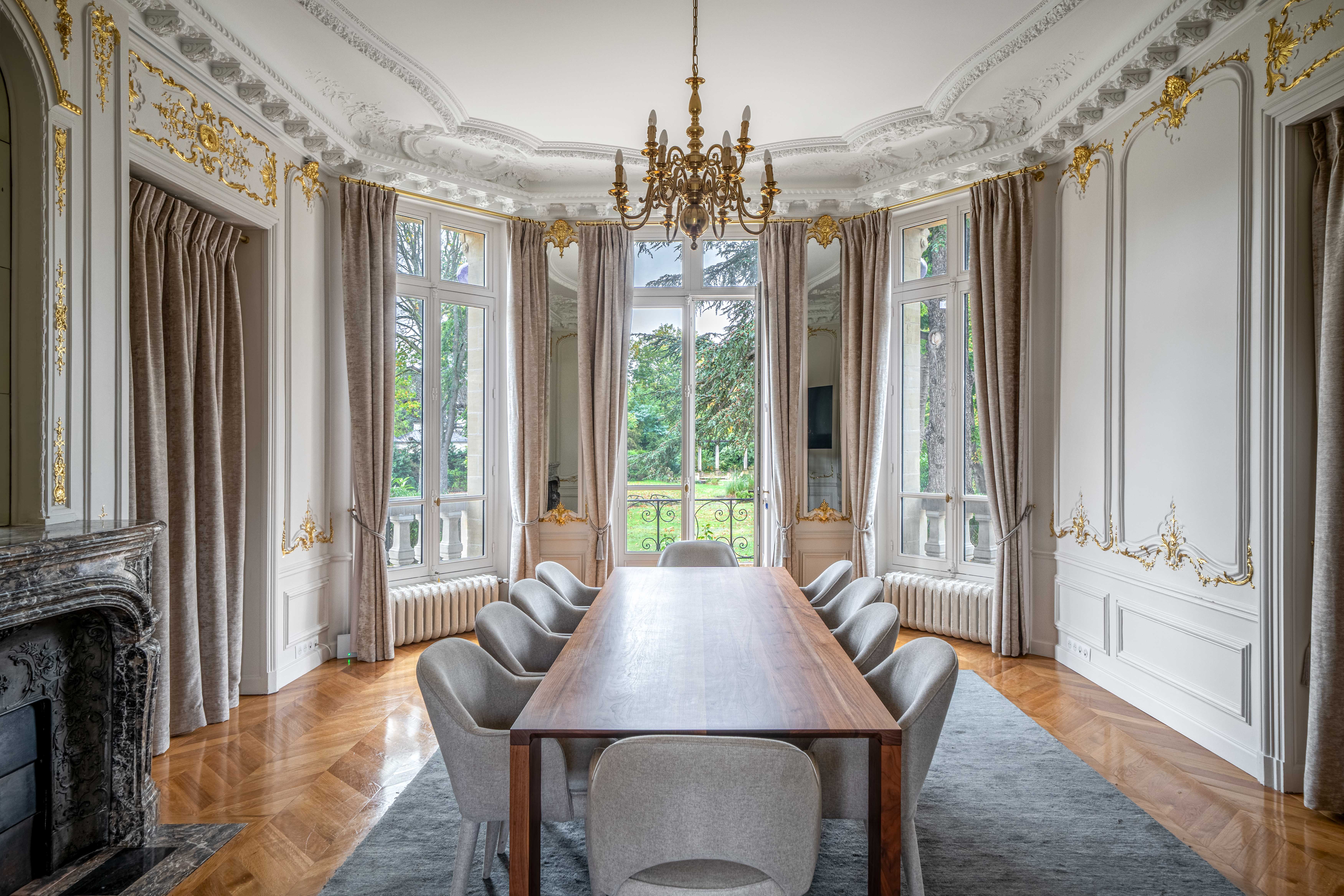
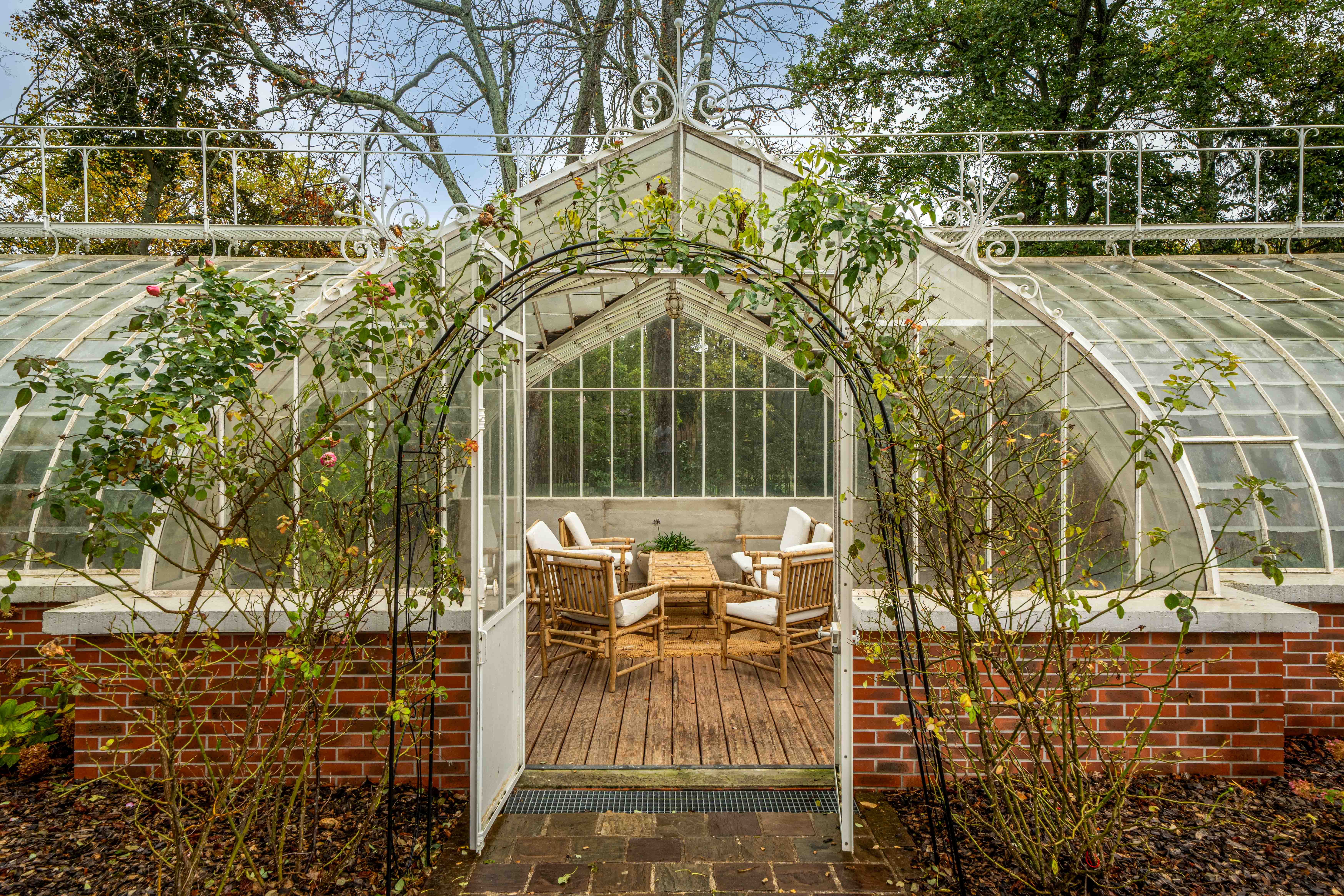
For fans with deep pockets, the 19th-century château that she owned from 1928 to 1947 is now on the market, for just over €20 million (above). Located west of Paris, La Villa Beau-Chène was pillaged by the Nazis during the Occupation. The current owner has spent more than €10 million in renovations; fixing up the brick-and-stone facade, the gilded mouldings, and the greenhouse where the performer spent much of her time. ‘He wanted to conserve the château's history, to restore it to how it was during Baker's time,’ says Nathanaël Myara of De Ferla Real Estate. There's even the cage where she kept her pet cheetah, Chiquita.
Onscreen, French award-winning filmmaker Maïmouna Doucouré is making a biopic about Baker, while Ruth Negga is reportedly attached to a limited TV series in development. And since Josephine Baker - Le Musical first hit the stage, in 2022, audiences of all generations have attended, from high school groups to seniors old enough to have seen the real Baker dance onstage. ‘The story touches so many people,’ says Nevedya. ‘It's amazingly universal.’
Amy lives in Paris and has worked for years as a journalist and editor in chief covering a range of subjects, including culture and the arts for The New York Times and National Public Radio, business and technology for Fortune and SmartPlanet, architecture and design for Wallpaper*, food and fashion for the Associated Press, and humanitarian issues for the International Committee of the Red Cross. Sometimes she also writes dialogue for The Smurfs.
-
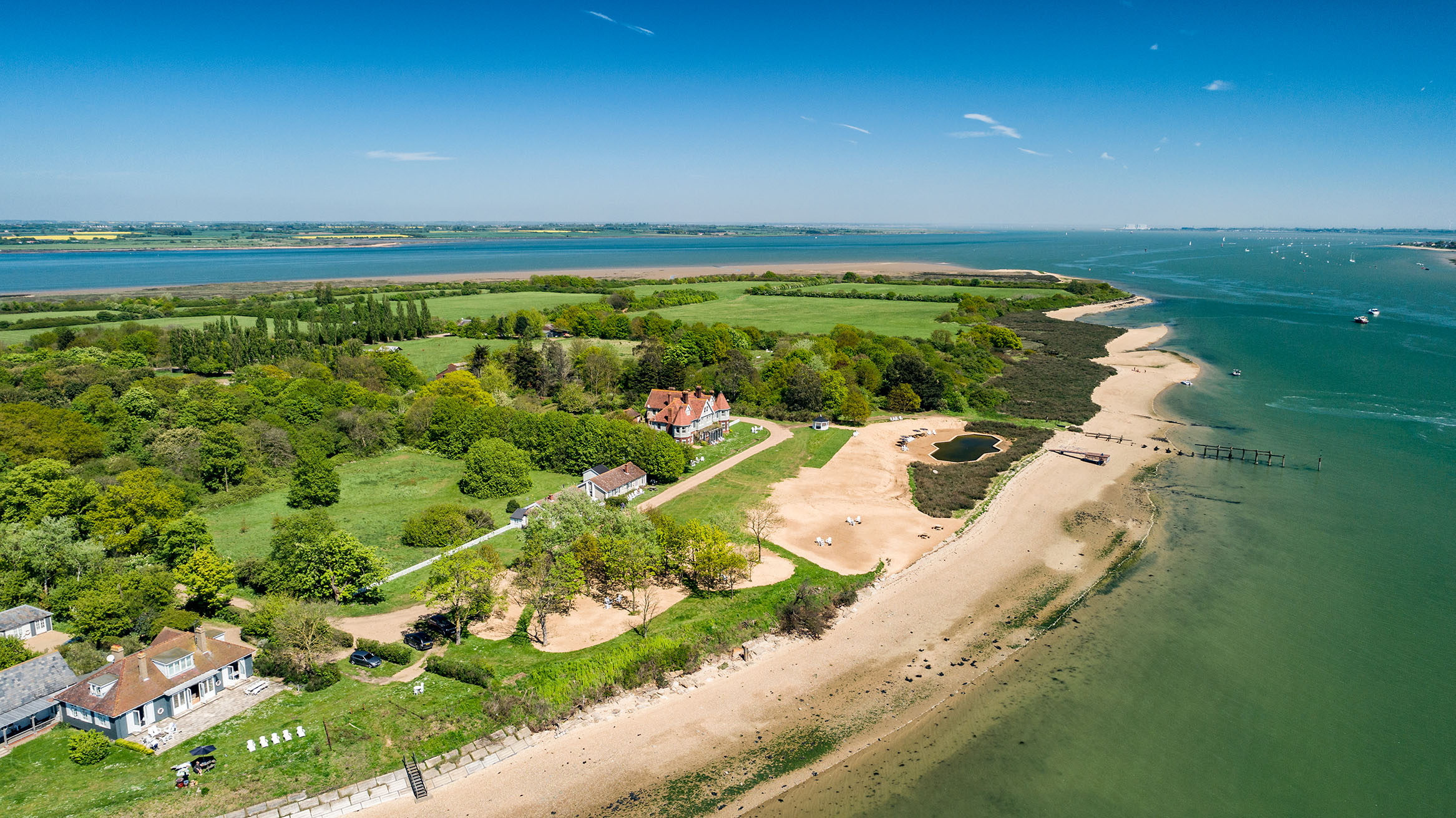 380 acres and 90 bedrooms on the £25m private island being sold by one of Britain's top music producers
380 acres and 90 bedrooms on the £25m private island being sold by one of Britain's top music producersStormzy, Rihanna and the Rolling Stones are just a part of the story at Osea Island, a dot on the map in the seas off Essex.
By Lotte Brundle
-
 'A delicious chance to step back in time and bask in the best of Britain': An insider's guide to The Season
'A delicious chance to step back in time and bask in the best of Britain': An insider's guide to The SeasonHere's how to navigate this summer's top events in style, from those who know best.
By Madeleine Silver
-
 Curators, art historians and other creative minds share their pick of J. M. W Turner's best works, on the 250th anniversary of his birth
Curators, art historians and other creative minds share their pick of J. M. W Turner's best works, on the 250th anniversary of his birthCold moonlight, golden sunset and shimmering waters are only three reasons to love Turner. On the 250th anniversary of his birth, curators, art historians and other creative minds reveal which of his paintings they’d hang on their walls and why.
By Carla Passino
-
 Boxy but foxy: How the humble Fiat Panda became motoring's least-likely design classic
Boxy but foxy: How the humble Fiat Panda became motoring's least-likely design classicGianni Agnelli's Fiat Panda 4x4 Trekking is currently for sale with RM Sotheby's.
By Simon Mills
-
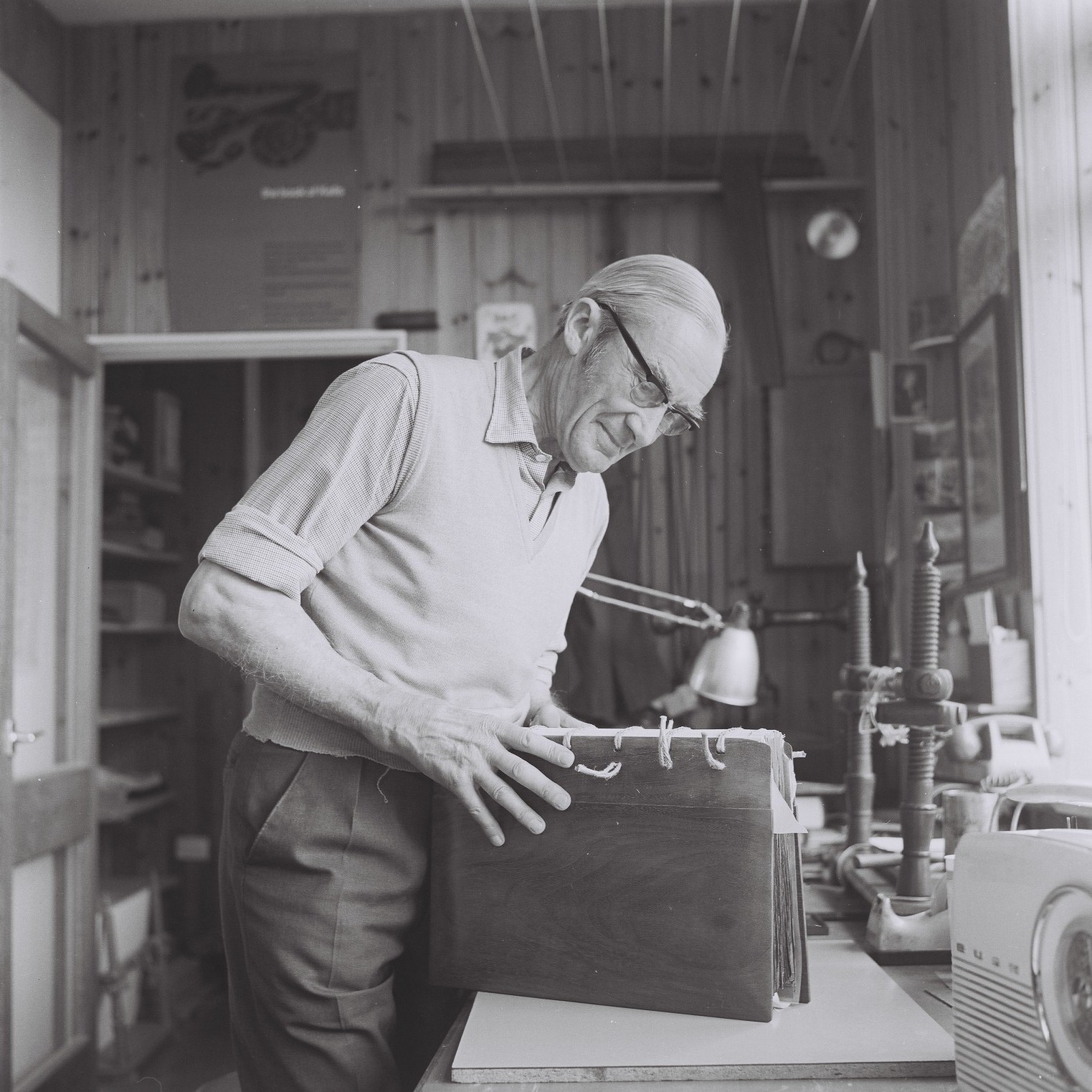 'To exist in this world relies on the hands of others': Roger Powell and modern British bookbinding
'To exist in this world relies on the hands of others': Roger Powell and modern British bookbindingAn exhibition on the legendary bookbinder Roger Powell reveals not only his great skill, but serves to reconnect us with the joy, power and importance of real craftsmanship.
By Hussein Kesvani
-
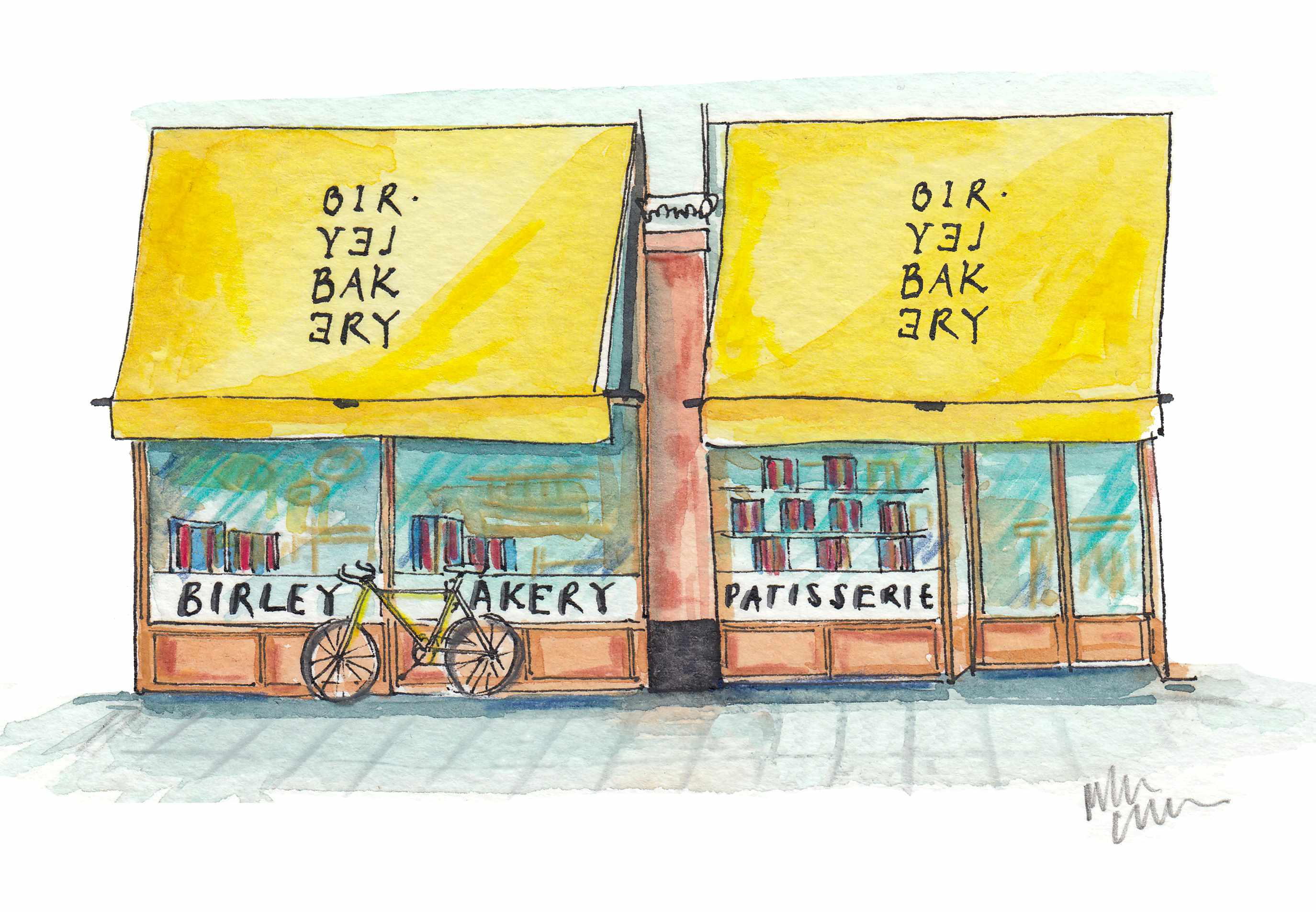 'That’s the real recipe for creating emotion': Birley Bakery's Vincent Zanardi's consuming passions
'That’s the real recipe for creating emotion': Birley Bakery's Vincent Zanardi's consuming passionsVincent Zanardi reveals the present from his grandfather that he'd never sell and his most memorable meal.
By Rosie Paterson
-
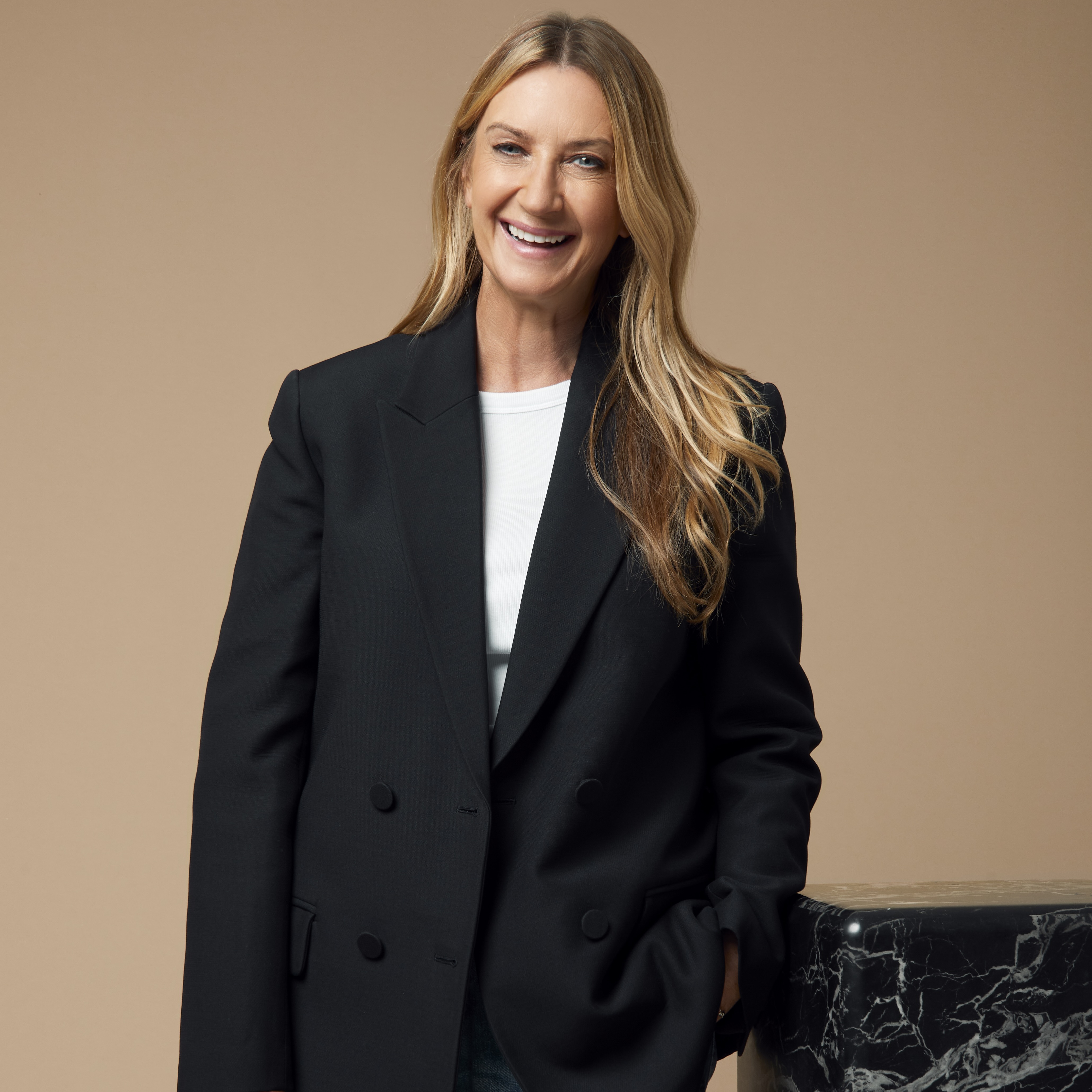 ‘Large Welsh choirs have long been an obsession’: Accessories designer and ‘Sunday Times’ bestselling author Anya Hindmarch’s consuming passions
‘Large Welsh choirs have long been an obsession’: Accessories designer and ‘Sunday Times’ bestselling author Anya Hindmarch’s consuming passionsAnya Hindmarch reveals what gets her up in the morning, who her aesthetic hero is and the hotel she could go back and back to (sort of).
By Rosie Paterson
-
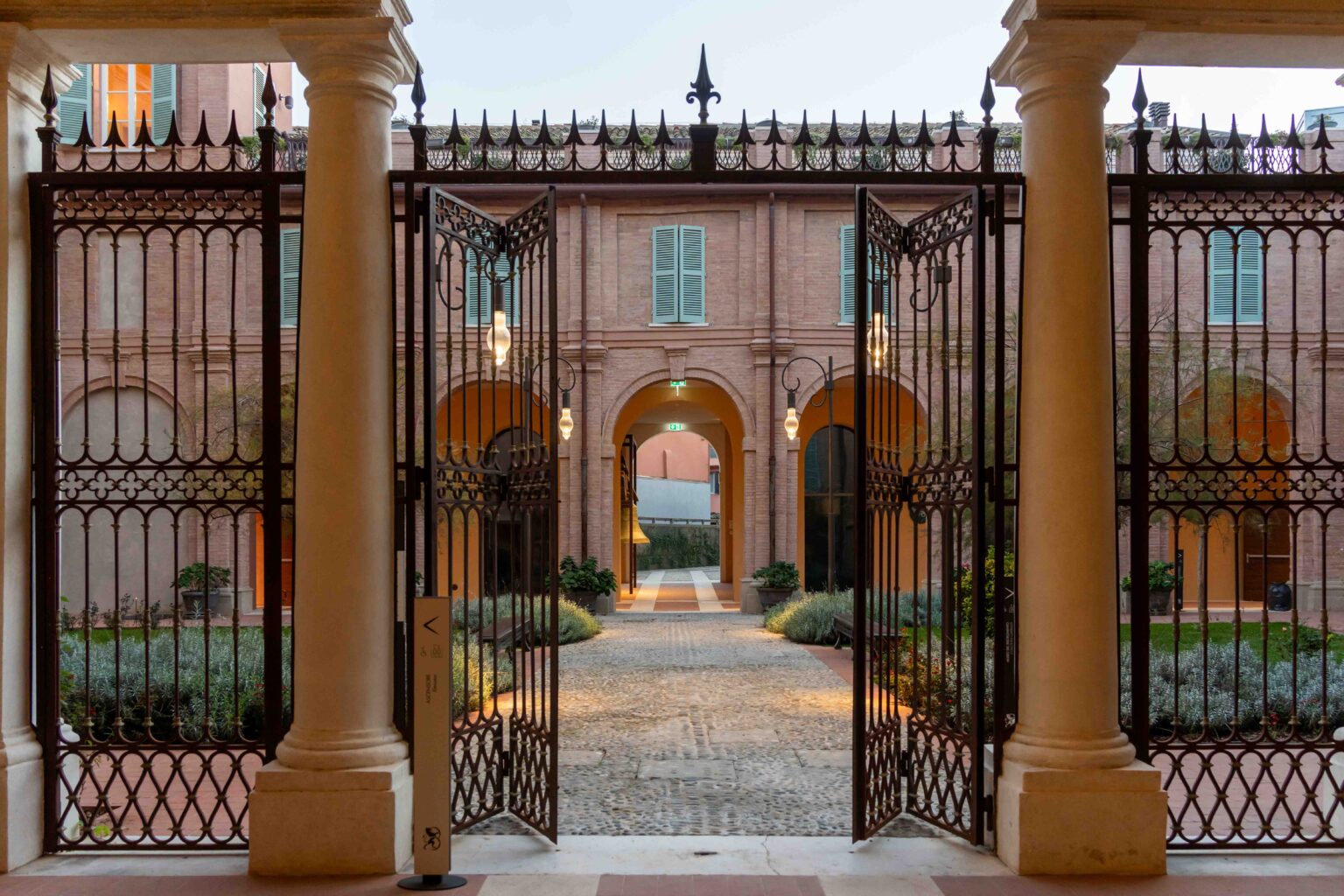 The Ravenna Palazzo where Byron lived and loved is now a museum dedicated to his memory — and it's just been toured by Queen Camilla
The Ravenna Palazzo where Byron lived and loved is now a museum dedicated to his memory — and it's just been toured by Queen CamillaOn a Royal State Visit that coincided with her wedding anniversary to His Majesty King, the Queen found a moment to tour a newly reopened museum devoted to the Romantic poet.
By Carla Passino
-
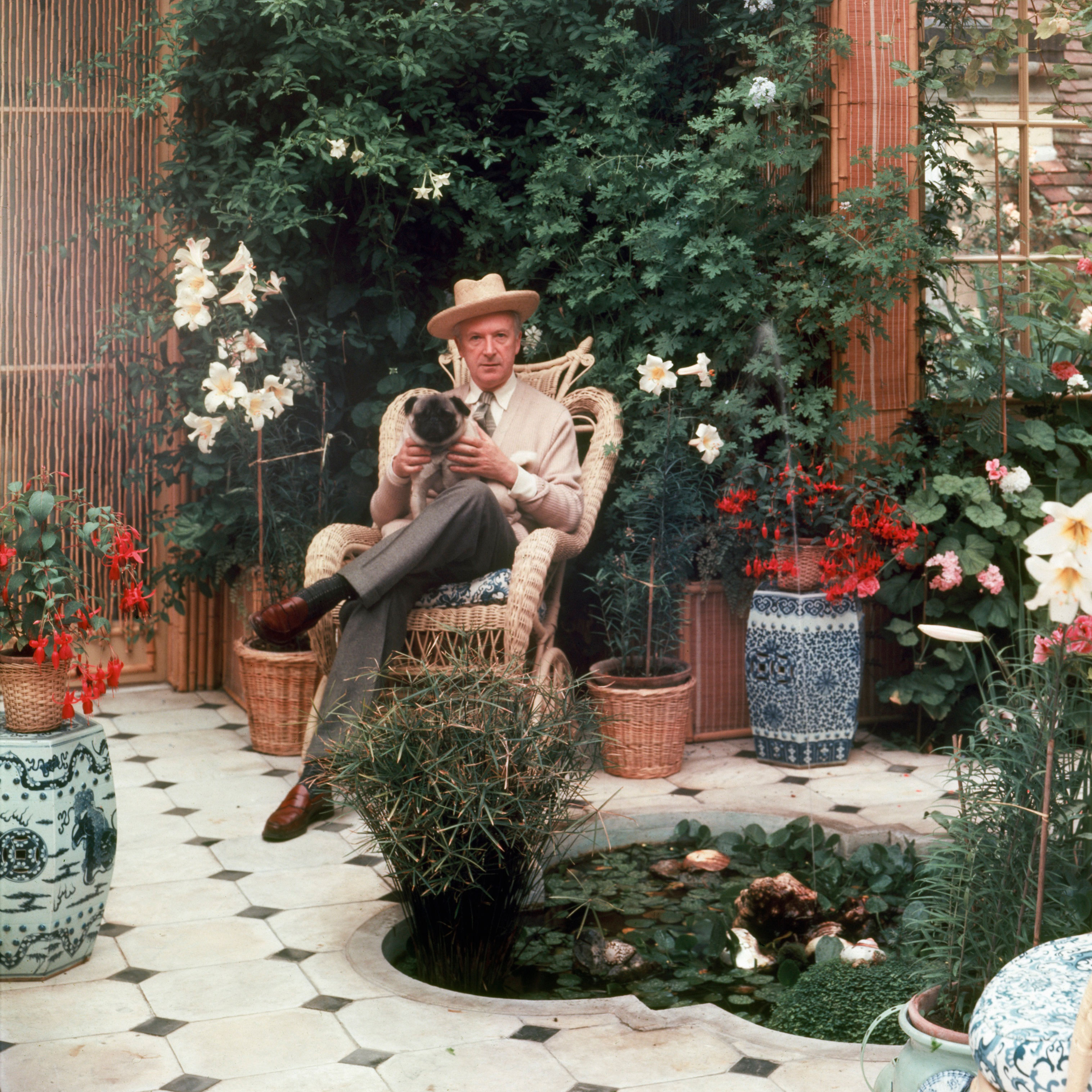 Good things come in threes: Sir Cecil Beaton's love of flowers, fashion and fabulous friends in a trio of exhibitions
Good things come in threes: Sir Cecil Beaton's love of flowers, fashion and fabulous friends in a trio of exhibitionsIt’s been 45 years since Sir Cecil Beaton died, but he has inspired not one, not two, but three new exhibitions this year.
By Annunciata Elwes
-
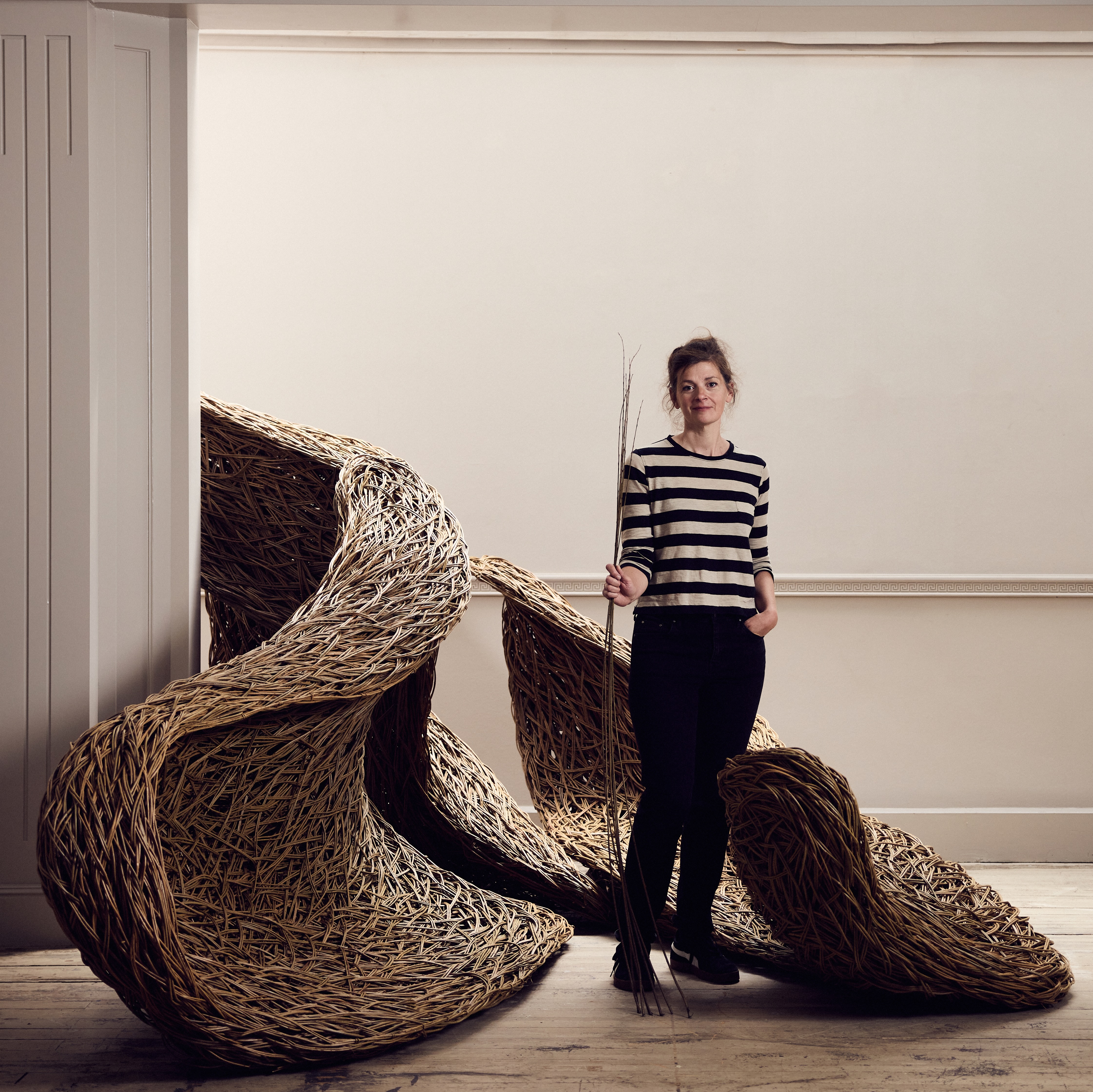 Meet the willow weaving artist whose work is popular on both sides of the pond
Meet the willow weaving artist whose work is popular on both sides of the pondThis summer, Laura Ellen Bacon's work stars in two different exhibitions.
By Carla Passino